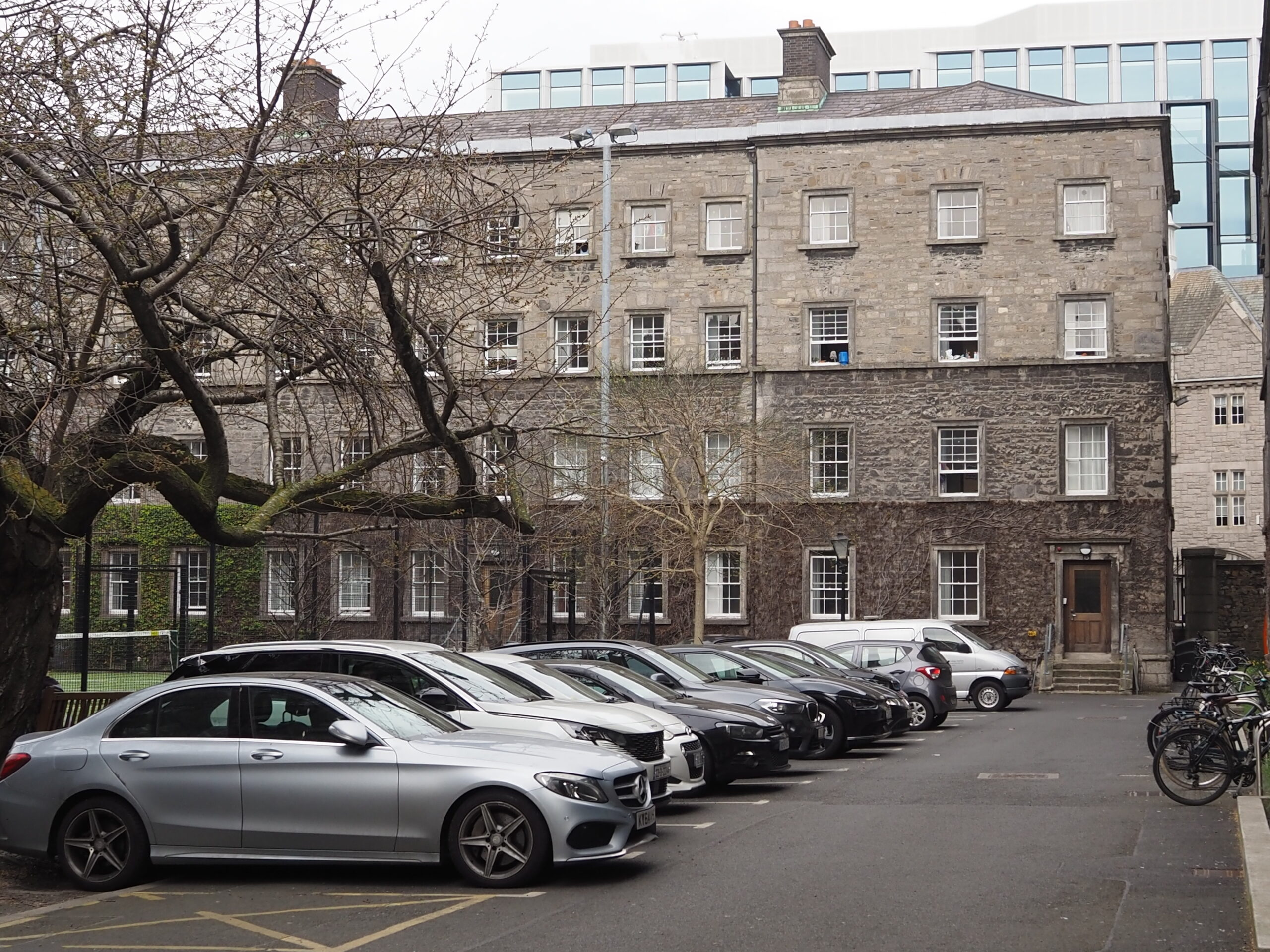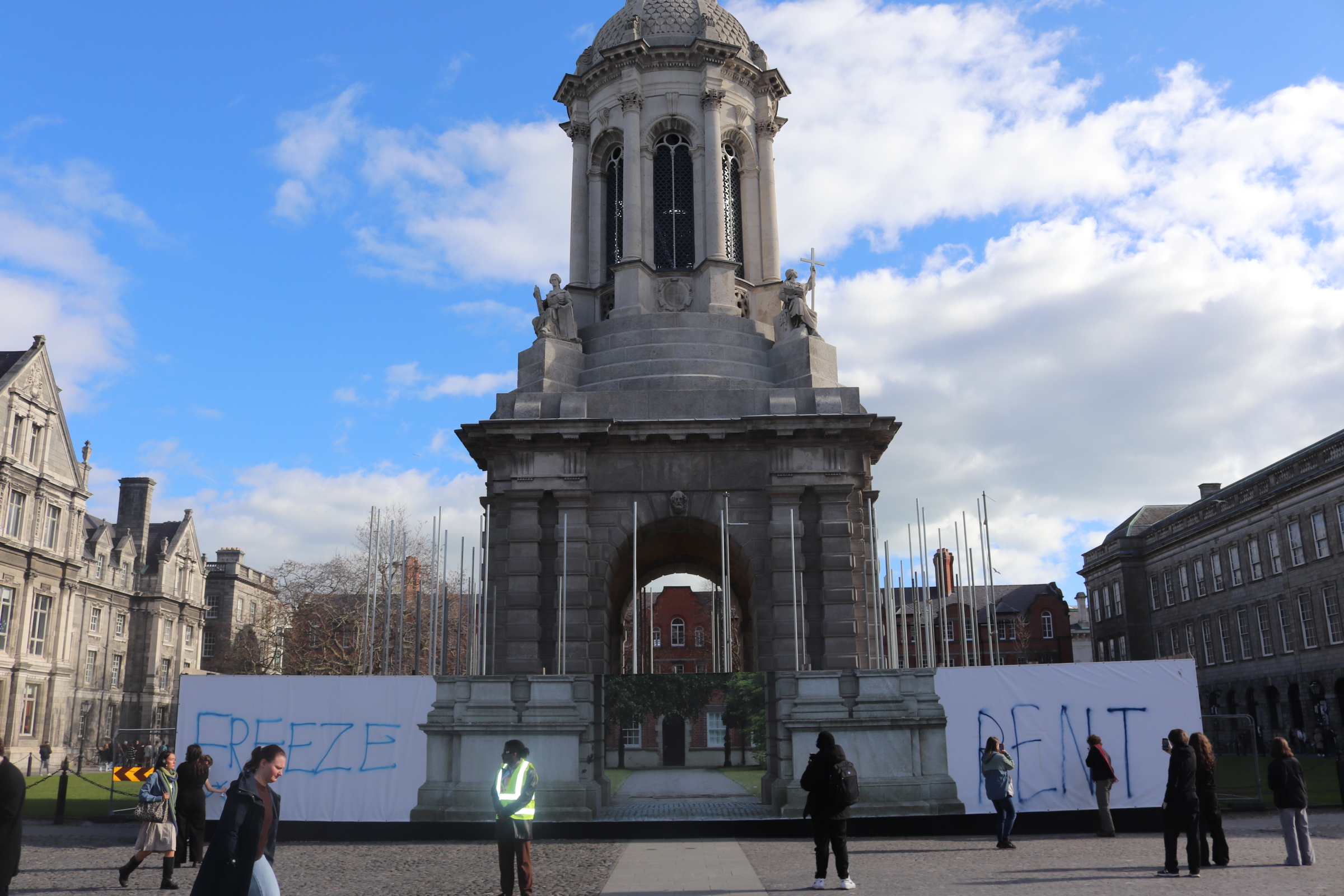Caelainn Hogan-
On April 11th the first arrests were made under France’s new law, the Bill Prohibiting Facial Dissimulation in Public Places, reigniting the debate which began in early 2010 over the highly controversial plan to ‘ban the burqa’. The ban has been criticised internationally, condemned for its persecution of the mere 1,300 women in France estimated to wear the veil and perpetuating a worrying Islamophobic mentality gaining prevalence in Europe. The law makes the wearing of the niqab or burqa in public illegal and any woman acting contrary to this law subject to a fine of €150. The law can also be implemented in the case of women who wear the veil seeking French citizenship. Proponents of the ban have turned for justification to France’s tradition of ‘laïcité’, the concept of a secular society and absolute division between church and state, upon which the French Republic was founded. However, absent from the championed history of ‘liberté, égalité, fraternité’ is France’s long and tempestuous preoccupation with the veil, during which it has been at once fetishized and persecuted. The following are the less publicised highlights of France’s affair with the veil, which cast an interesting light on the past preoccupations which shadow France’s new law.
Eroticising the veil
 During the late 19th and early 20th centuries the image of the veiled Muslim woman was highly fetishized in France, the second largest empire in the world at the time. Wildly popular were erotic postcards and photographs which evoked North African women, their faces covered by the traditional veil, but often naked from the waist up or posing in suggestive positions. These images represented the European fantasy of a sensual and voracious nature hidden behind the veil of the Muslim woman, waiting to be exploited. This exoticism and otherness by which Muslim women became defined in the colonial mindset and the fetishisation of the veil can be paralleled with the recent preoccupation and consequent ban, which is charged with latent imperial anxieties.
During the late 19th and early 20th centuries the image of the veiled Muslim woman was highly fetishized in France, the second largest empire in the world at the time. Wildly popular were erotic postcards and photographs which evoked North African women, their faces covered by the traditional veil, but often naked from the waist up or posing in suggestive positions. These images represented the European fantasy of a sensual and voracious nature hidden behind the veil of the Muslim woman, waiting to be exploited. This exoticism and otherness by which Muslim women became defined in the colonial mindset and the fetishisation of the veil can be paralleled with the recent preoccupation and consequent ban, which is charged with latent imperial anxieties.
Niqabitch, the provocative protest against the ban by two women who paraded around Paris in the niqab and nothing more than a pair of short shorts and high heels, encapsulates and satirizes the latent colonial fixation with the inaccessible and eroticized Muslim woman. It also importantly defies the image of the Muslim woman as inherently submissive and victimised, perpetuated by a legislation which proposes to save Muslim women from the veil, and implicitly from their own ignorance. The contradiction of a law which attempts to counter the religious or familial pressure on a woman to wear the veil, by legally forcing her not to wear it, not only denies these women the right, like any other woman, to be free to dress according to their will, but presupposes a lack of any capacity on their part to decide for themselves.
Public unveilings
During the Algerian War of Independence, public ‘unveilings’ of Algerian women were common practice. The Women’s Solidarity Movement, which consisted of the wives of French generals and officers, launched my Mme. Raoul Salan, wife of the commander of the French armed forces in Algeria, choreographed these public unveilings in the Algiers Forum. The highly influential psychiatrist and revolutionary philosopher and writer Frantz Fanon analysed France’s extensive obsession with the veil in the article “Algeria Unveiled”, describing how the Algerian woman’s inaccessibility to the prying European gaze psychologically provokes an aggressive response. The psychological equivalent to physical violation, it was a common tactic of humiliation and punishment used by French soldiers to publically rip the veils off women suspected to be involved with or aiding the resistance. Equally, the supposedly liberating unveilings of Muslim women in public was simply a display of power and dominance by the French colonial authorities. Fanon attests to the radicalisation resulting from such public unveiling, how female supporters of the national movement for independence were provoked by such initiatives to don the veil as a sign of resistance to such demeaning and subjugating measures. More than half a century later, France is continuing this tradition of public unveiling and forced assimilation through its newly imposed legislation. Not only does a law such as this encourage a xenophobic and intolerant mentality in France, but also threatens to further radicalise and in many ways justify Muslim opposition to and alienation by the West.
Continuing the ‘Civilising Mission’
President Sarkozy’s argument in support of the ban reasoned that the veil was a means to imprison women and a form of oppression, presumably imposed by Muslim men. It is interesting thus to see the ways in which France itself has used the veil as a political tool of exploitation and objectification. One cannot help but equate Sarkozy’s conservative campaign and this new legislation with the colonial ‘civilising mission’ pursued in Algeria and beyond, saving ‘brown’ women from ‘brown’ men as the term goes. This law presupposes that all Muslim women who wear the veil, putting it bluntly, don’t know what’s good for them, and need to be told. More importantly the law does nothing to treat the source of the problem. If there are women currently living in an oppressive environment or relationship in which they are forced to wear the veil, their situation will not be helped by a law which only further victimizes and alienates them, making their integration into public and potentially empowering domains increasingly problematic.








